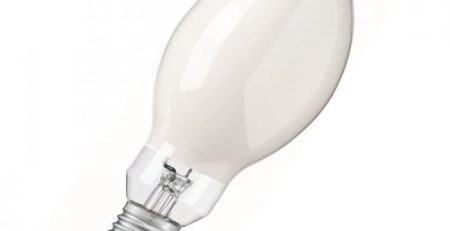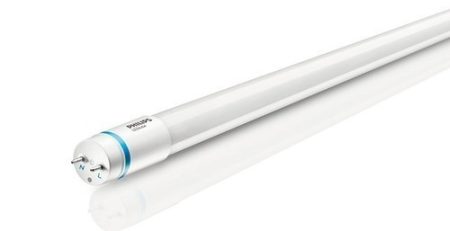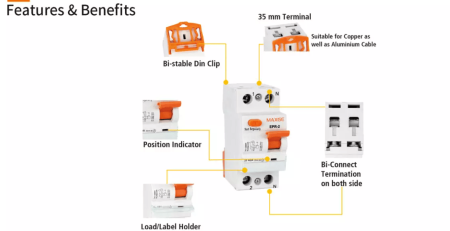The Basics of Wire Crimping in Cable Assemblies
In order to attach a wire harness to another device, it needs to have some sort of connector added to the wire ends. Traditionally, a special technique of soldering was needed to combine the bundles of a metal cable into one at each end. This process required specialized training and added time and cost to the finished product. In recent years, technology has advanced to make the process faster and less expensive, but still provide a quality connection between terminals. Crimping is that process. A wide variety of crimping methods are available from different manufacturers, but the key is to make sure they have quality crimping tools and proper training. This is what ensures the quality and reliability of the final crimp.
Depending on volume of production and the application of the crimp, there are a number of options, but they all can be broken down into three components, the wire, the terminal, and the tooling. The tool options for crimping include a press and die set, a stripper crimper, a basic hand tool, and a fully automatic wire processing system. The best choice depends on the number of crimps to be performed each day, the training of staff, and the available cash reserves to invest in equipment.
In it’s most basic form, a crimp is simply a connector. For assemblies carrying electricity, it allows the connection of two circuits. The crimp can be easily and quickly attached to the end, rather than soldering. It could serve as a permanent joint between wires, or as a temporary link that could be removed later. For this reason, crimps are now the go-to technology in wire harness assemblies. It is important to know the final application of the harness and the purpose of the wire, in order to choose the proper crimp. Size, material, and connector options can all be factors to consider.
During the process, a crimp is placed on the end of the wire harness. It is typically a metal crimp, but for some applications, other materials are appropriate. Generally, crimps have a round shape with a cradle for the wire end. A crimping tool can be placed over the metal crimp and compressed, so that the metal cradle is crushed around the wire end. This does two things. First, the bare wires of the harness make contact with the crimp, which creates a solid electrical connection, and second, it hugs the wire jacket, so that the terminal can then be attached to a component. The best crimps start with a clean cut at the end of the wires. The best tools are able to strip the proper amount of the outer jacket off of the wire end and clean the wire as part of the crimp process. This prevents contamination and nicks in the wire, both of which could cause a faulty crimp.
The crimp should have no space between the conducting wire strands and crimp and be perfectly tight. In fact, one way to test a crimp is to actually tug on it, to make sure it is secure. A quality crimp will resist normal stress. If done correctly, the connection is actually referred to as a “micro cold weld.” The metal of the crimp is so deformed around the wire that it actually adheres to the wire. They then act as one, rather than two parts. A cold weld is considered a high-performing electrical connection that is long lasting and durable to the elements.
Quality control is important, because a bad crimp can result in a faulty connection, which can create either a final product that doesn’t work or that is a fire or shock hazard. When a connection is “under crimped,” moisture from the air can get in and around those wires and eventually corrode, which can cause resistance in the flow of electricity. Resistance could in turn lead to the wire harness generating heat, which can cause a mechanical failure or fire. Loose crimps are at risk of pulling away from the wires, becoming a risk for failure and exposure to electrical currents. Overly tight crimps create too much stress on the metal, causing it to fatigue and potentially break or fail.
Professional crimps, such as those used in a wire harness, are measured with accuracy to small tolerances. Properly calibrated tools and strict guidelines by the manufacturer result in a reliable and safe connector. The quality control methods in place will ensure that the end product exceeds its requirements.
BY by GAHZLY
El Sewedy wire prices 2022
#Basics #Wire #Crimping #Cable #Assemblies









Leave a Reply
You must be logged in to post a comment.